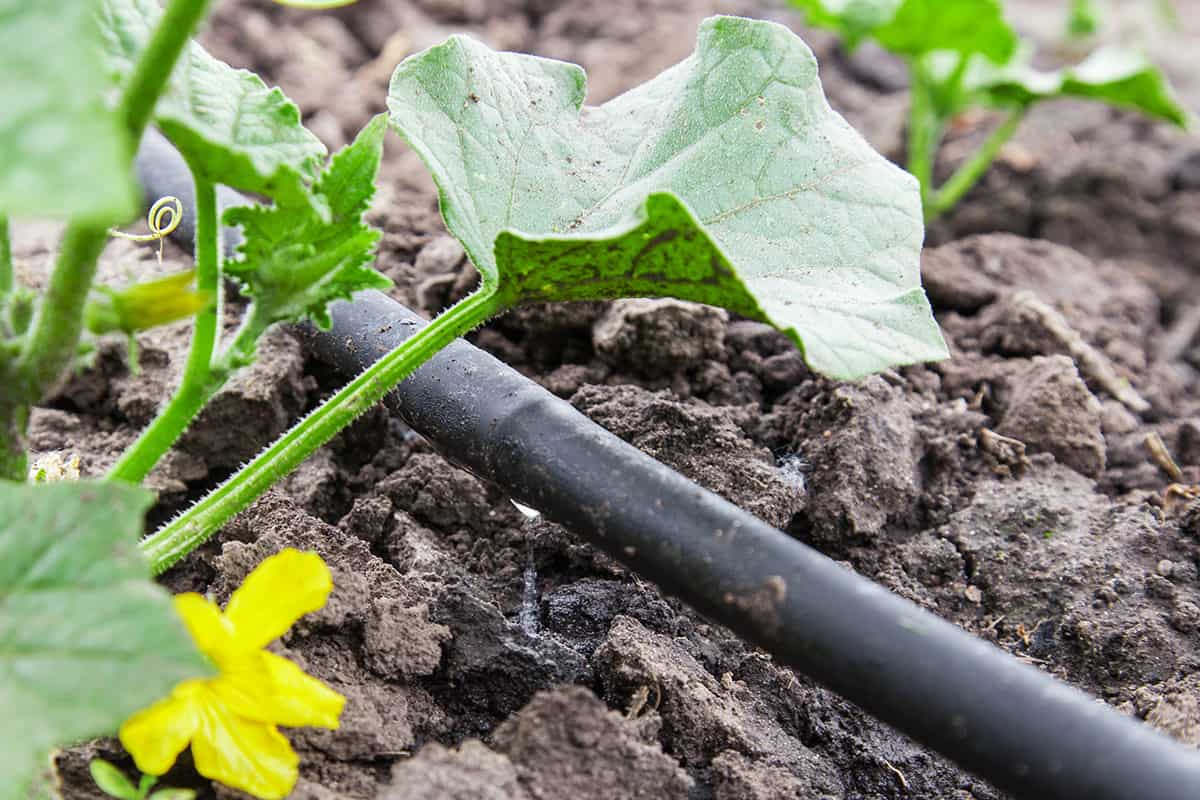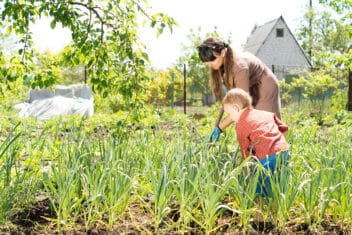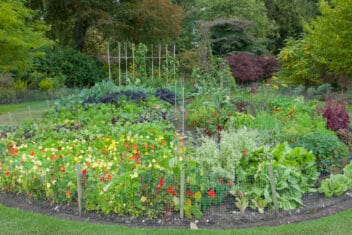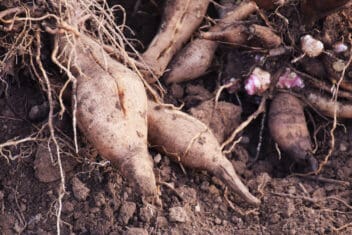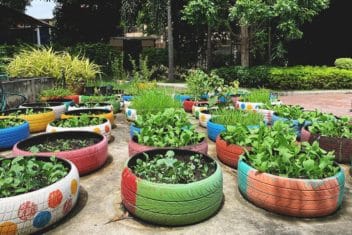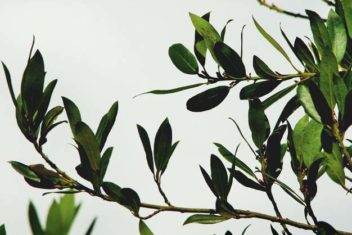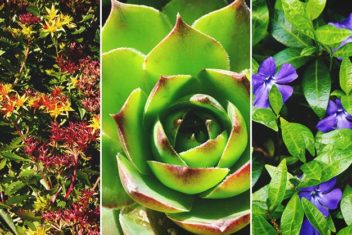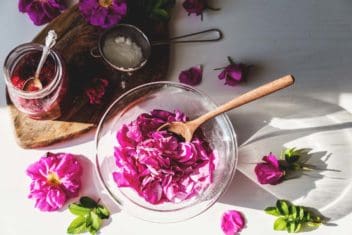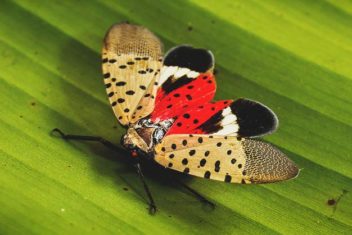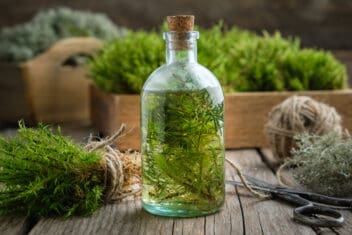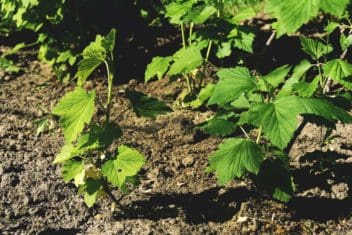I live by the motto that anyone can grow at least some of their own food and medicine, no matter where they are. Of course, some regions are much more hospitable than others when it comes to edible gardening.
Areas that experience extreme heat and drought—such as hardiness zones 10 and up—make food farming significantly more challenging.
Plants need good soil, proper sunlight, and water to thrive. It’s the last bit that hot, arid zones tend to suffer from the most. Having successfully cultivated food crops in some pretty extreme heat, I can offer some helpful solutions for this issue.
Use Proper Garden Hoses
Most gardeners, even those in the desert, rely on hoses attached to the house for watering their garden. This is an ideal solution for keeping plants hydrated, provided that your garden is close by.
There’s a huge problem that zone 10+ gardeners will face with this solution. Basically, most standard garden hoses will deteriorate with prolonged exposure to heat and sun.
The average garden hose is made of rubber. Sure, this makes them quite durable and flexible, but also prone to sun damage. UV rays deteriorate the rubber, making it crack and split… and those aren’t traits that anyone is looking for when it comes to watering their plants.
Even if you’re super diligent about garden hose care, and you store yours in a shed or on a shady side of the house, it’ll still get damaged by heat and temperature fluctuations.
This is why I recommend stainless steel hoses for zone 10+ gardens. Yes, they’re more expensive than the rubber ones, but consider them as long-term investments.
Instead of replacing rubber hoses every year because they’ve melted in the sun, you’ll shell out once for an amazing tool that’ll last for decades.
These hoses were lifesavers when I was designing gardens in rural California. If you’re working on plans to grow food in arid, hot climates, I can’t recommend them highly enough.
Water Infrequently, but Deeply
If you’re in a desert climate, you may fall into the habit of watering your garden constantly, so they never get thirsty. While this seems like a good way to stave off thirst, it may actually cause more harm than good.
Sure, you need to water seedlings and tiny sprouts constantly until their root systems are secured. You should water established plants, however, less frequently but more thoroughly.

This is because watering often and shallowly will encourage the plants to grow their roots close to the surface. In contrast, watering less often but more deeply will encourage the roots to sink deep into the soil. That’s where water accumulates so the roots will seek out moisture there.
Water early in the morning to ensure that your plants get a good, long drink before midday heat kicks in. Then water again after sunset to give them another deep drink overnight. Do this a few times a week rather than daily.
Spend enough time watering that the ground is saturated 5 or 6 inches deep. Shove a trowel or a wooden stick into the soil to measure how deeply the water has seeped. Eventually, you’ll figure out how much time you need to ensure proper saturation.
In between waterings, keep an eye on your plants’ leaves during the day. How they react in between waterings determines whether they’re getting enough to drink.
If their leaves droop in mid-afternoon but perk up again the following morning, then you’re watering them enough. If they’re wilty the next morning, however, you probably need to offer them more water.
Of course, this could also indicate that they’re being overwatered, too. Get that handy wooden stick of yours and cram it back into the soil. If it comes out dry, guess what? Yeah, they’ll need more water. If it’s damp, then you’re being over-generous.
You’ll figure it out with practice, don’t worry.
Note that container plants are exceptions to this general rule. Since they don’t have a large amount of soil to draw from, you’ll need to water them much more often than in-ground plants. Keep watering these daily to stop them from drying out.
Drip Hose Irrigation Systems
If you don’t want to spend several hours a week watering your desert garden manually, then look into a good drip hose irrigation system. Choose one that runs on a timer, rather than a manual control.
This way, if you get stuck in traffic or have to go away for a few days, your plants will still get watered on time.
These are ideal for desert gardens because they provide constant moisture at the soil level. The last thing you want in a hot, sunny climate is overhead water systems.
Each bead of moisture can act as a miniature magnifying glass. Quite simply, if you water desert plants from above, you’re almost guaranteeing that they’ll cook in the midday sun.
Ensure that you cover your drip hoses with at least three inches of mulch along their entire length. This will pull double duty: keeping them in place and ensuring that the water won’t evaporate in minutes.
As an added bonus, that mulch will decompose over time. This will help to nourish the ground beneath and help to build a healthier soil system.
Mulch, Mulch, Mulch
As mentioned above, one of the best ways to keep your plants hydrated is to ensure that water actually stays in the soil once you’ve put it there. That’s even more important when watering a garden in the desert.
Instead of just mulching over your drip hoses, place plenty of mulch around the bases of your plants. This will retain moisture while also adding nutrients, as mentioned earlier.
When it comes to choosing mulch, aim for complimentary clippings. For example, if you’re growing leafy greens that require a lot of nitrogen, then use things like grass clippings, chopped yucca leaves, empty bean or pea pods, etc.
Do not use landscaping cloth, geotextiles, bark, or any kind of plastic-based mulches on edible or medicinal plant beds. The last thing you want is to contaminate your plants with chemicals that leach out of these.
You can also use well-aged compost as mulch, especially if you’ll be rotating your crops (which is always recommended). Compost helps to build up soil layers and is ideal for turning arid areas into thriving oases. By building up soil over time, you won’t be limited to hardy desert species.
Basically, although you might be growing artichokes and yucca this year, good compost and mulch-filled beds can allow you to cultivate tomatoes and zucchini before you know it.
Subterranean Cisterns
In addition to drawing water from your own house, you can also take advantage of your area’s rainy season with underground cisterns for watering your desert garden.
Since water can be so scarce in the desert, collecting what you can when it actually does rain is a must. Take cues from ancient civilizations like the Nabataeans and sink some tanks underground.
Be sure to buy a tank or cistern that’s specifically designed for underground use. These will hold up to soil pressure far better than aboveground designs.
If you have a sizeable property, try to dedicate an entire area to rainwater catchment. You can do this by creating a large, paved concave hollow above a sunken cistern.
Check out this video in which renowned permaculture designer Geoff Lawton teams up with Bedouin people to share desert rainwater catchment techniques.
Just make sure that you do some research to find out if rainwater catchment is legal where you are. For example, in Colorado, you can only collect up to 110 gallons for personal home use.
Dig Trenches and Swales
If you’re lucky enough to have a water source on your land like a river or a creek, redirect some water through your garden with a system of trenches and swales.
Trenches are areas where you’ve dug out a fair amount of earth. Water will always flow and accumulate in the lowest area possible, so if you’re redirecting creek or river water, that’s where it’ll flow naturally.
Swales are a system of trenches and berms (the lumpy parts where dug-out earth is heaped). They’re ideal for sloped land because you can take advantage of the slight rises and lows to grow a variety of different plants.
Grow water-loving plants in the hollows, and hardier, drought-tolerant species on the rises. This way, the former will get the moisture they desperately need, and you won’t waterlog the ones that prefer dry feet.
As an added bonus, not only are swales ideal for keeping desert plants hydrated, they also help to combat erosion.
Cover Up!
In addition to keeping your plants well hydrated, you can also offer them some shade from the fierce midday sun. Watering your desert garden is a lot more efficient when the sun isn’t sucking everything dry.
Rig up a structure where you can hang shade cloth that you can pull back and forth as needed. During the hottest months, allow tender plants much-needed morning and afternoon light. Then, keep them shaded when the sun is at its peak.
This won’t just keep them from scorching: it’ll keep water from completely evaporating from the soil. There are few things more frustrating than seeing soil dry out just after you’ve soaked it.
Plant Cover Crops in the Off Season
Whether you have a mild winter in your region or you’re letting certain areas go fallow, consider planting cover crops. These keep soil from eroding with their root structures and help build new soil as they decompose.
Best of all, they hold water in the soil, which does wonders for the overall water table on your property.
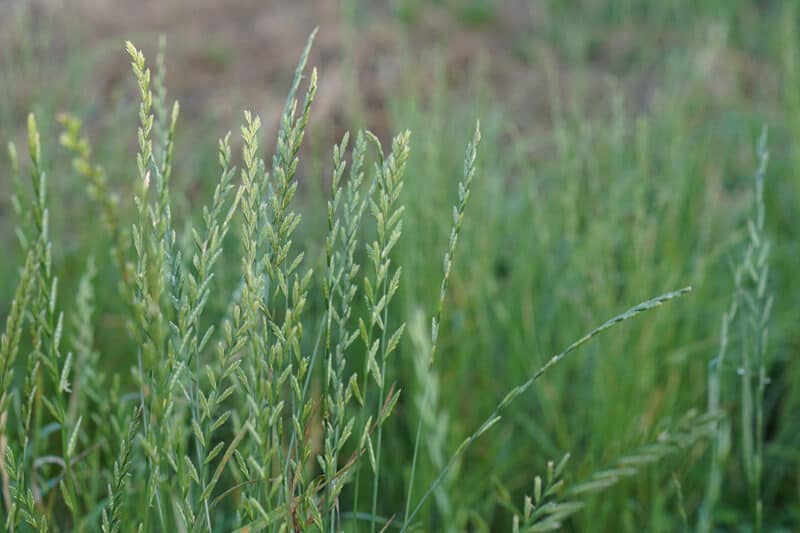
Consider ryegrass, Southern cowpeas, and crimson clover as options. Let these grow to half maturity, then mow them down before they have a chance to go to seed.
This way, you’ll get all the benefits of green manure without additional perennial crops messing with your food-growing endeavors.
Grow Drought-Tolerant Varieties
As a final note, one of the best ways to ensure that your plants will thrive in a desert environment is to grow plants that thrive in your region. Indigenous plants that have been cultivated there for centuries are pretty much guaranteed to grow well.
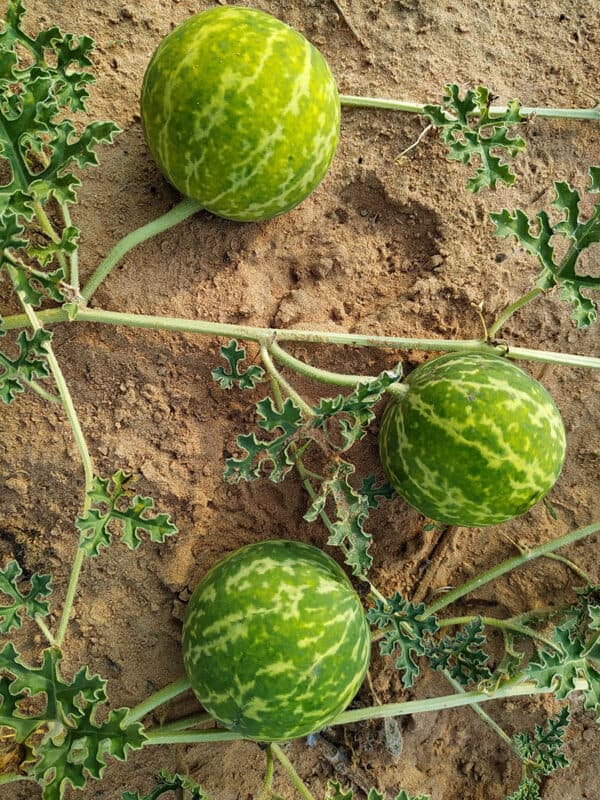
If you’d like to grow species from other countries, choose those that also grow in arid, hot environments. For example, hardy herbs like oregano, thyme, and sage will do much better than tender dill or cilantro.
You can’t go wrong with a three sisters guild of local, heirloom corn, beans, and squash or pumpkin. These will also help to retain moisture, as the squash’s leaves create a natural mulch.
Just don’t grow cacti like prickly pears in areas where you’ll be retaining moisture. These do best in desert conditions, and keeping moisture close to their roots will damage and rot them.
Try not to feel overwhelmed by the challenges that desert gardening can offer. Think of them as learning opportunities. You’ll learn so much as you find out what does and doesn’t work in your own garden. And hey, once you’ve figured out what works best, you can share that knowledge with others.
